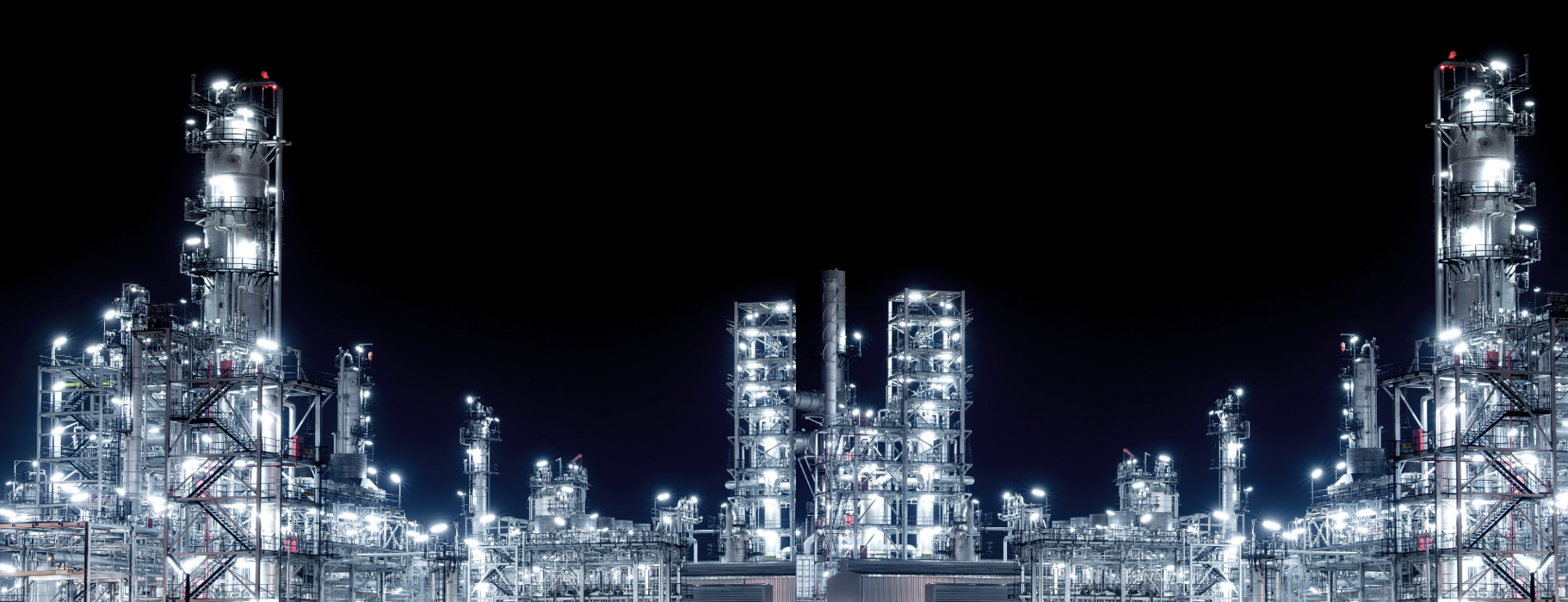
Created by Webmasterdesigner - © 2025 All right reserved

SYNGAS E PRODOTTI ENERGETICI
Il syngas è un termine abbreviato per gas di sintesi, che è una miscela gassosa di idrogeno, monossido di carbonio, anidride carbonica e altri componenti in tracce. Il termine gas di sintesi deriva originariamente dalla miscela intermedia per la generazione di gas naturale sintetico.
Il syngas è anche utilizzato come intermedio per la produzione di ammoniaca e urea, metanolo, SNG, prodotti petroliferi sintetici e altre sostanze chimiche.
Il principale prodotto della gassificazione al plasma è il syngas che può essere ulteriormente trasformato in una varietà di prodotti utili come mostriamo nei seguenti documenti PDF. Alcuni prodotti possono essere utilizzati immediatamente senza ulteriori lavorazioni, mentre altri richiedono un condizionamento e/o una lavorazione semplice o complessa prima dell'uso in applicazioni specialistiche.


SCHEMA COMPLETO
DA RIFIUTO A ENERGIA
PRODUZIONE DI CAPACITÀ
GASSIFICAZIONE AL PLASMA
Schema completo
prodotti da rifiuti a energia
Produzione di capacità
gassificazione dei rifiuti al plasma
DA RIFIUTO - A SYNGAS - A ENERGIA (PRODUZIONE DI ENERGIA ELETTRICA)
Il syngas può essere bruciato direttamente per il recupero di energia termica come calore e/o vapore ed elettricità.
Il calore viene utilizzato per fornire riscaldamento agli edifici o teleriscaldamento o raffrescamento, un'applicazione spesso utilizzata per la gassificazione di biomassa, scarti di legno e rifiuti industriali in tutto il mondo. Il vapore prodotto può essere utilizzato per la produzione di elettricità. Le strutture che producono sia calore che energia sono comunemente note come impianti di cogenerazione "CHP".
Il "ciclo combinato" è la soluzione migliore per la produzione di elettricità e, con le tecnologie attuali, permette di ottenere prestazioni notevoli, impensabili fino a pochi anni fa.

DA RIFIUTO - A SYNGAS - A GENERAZIONE CHIMICA
La metanazione è la reazione in cui gli ossidi di carbonio e l'idrogeno vengono convertiti in metano e acqua.
Le reazioni di metanazione sono catalizzate da catalizzatori a base di nichel.
Nell'industria del metanolo, ci sono due usi tipici della metanazione: purificare il gas di sintesi e produrre metano per il gas naturale sostitutivo (SNG).

DA RIFIUTO - A SYNGAS - A GENERAZIONE DI CARBURANTE
Il syngas può essere convertito in prodotti combustibili liquidi attraverso il Fischer-Tropsch o altri processi di sintesi chimica e raffinazione. Questo prodotto liquido può essere ulteriormente raffinato in diversi tipi di carburanti, dai greggi e diesel fino al cherosene.
In molti di questi processi, come ad esempio nel ciclo combinato per la produzione di elettricità, è possibile estrarre la CO2 separandola e quindi avere un altro prodotto commerciale, oltre ad aver fatto del bene al pianeta terra avendola sequestrata.

DA RIFIUTO - A SYNGAS - A METANOLO
Il syngas può essere trasformato in prodotti chimici come metanolo e idrogeno. Il metanolo può essere ulteriormente trasformato in diversi combustibili o prodotti chimici tra cui etanolo, acido acetico, formaldeide, acetato di metile, comunemente utilizzati nei processi industriali e commerciali.
LA GASSIFICAZIONE NON È INCENERIMENTO
VANTAGGI DELLA GASSIFICAZIONE AL PLASMA
SYNGAS E PRODOTTI ENERGETICI
ITC LTD
MAPPA DEL SITO
MAPPA DEL SITO
International Technical Consultants Ltd
19 Leyden Street
London - E1 7LE
United Kingdom
Company Reg. 04555793
Vat: GB843855596
◙ INDIRIZZO LEGALE
■ Home
■ Gassificazione al plasma dei rifiuti
■ La gassificazione non è incenerimento
■ Vantaggi della gassificazione al plasma
■ Syngas e prodotti energetici
■ Serra sterile
■ Serra sterile - La struttura
■ Serra sterile - Vantaggi
■ Soluzioni di illuminazione a LED
■ Edifici ecologici
CONTATTO
info@itcltd.net
itcltd2@gmail.com
■ Energia Rinnovabile
■ Trattamento delle Acque
■ Servizi
■ Contatto
■ Scaricad
■ Privacy Cookies Policy
Creato da Webmasterdesigner - © 2025 Tutti i diritti riservati


